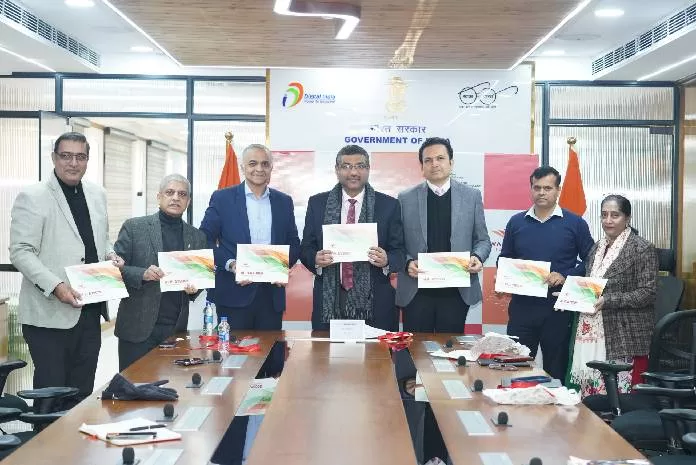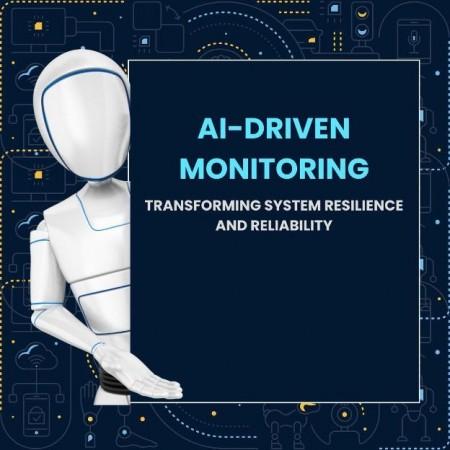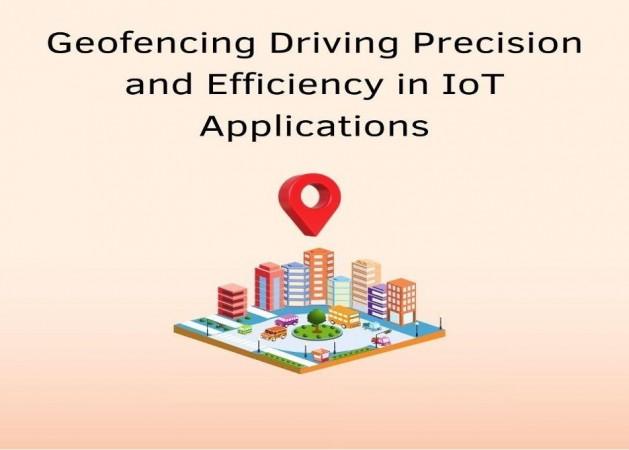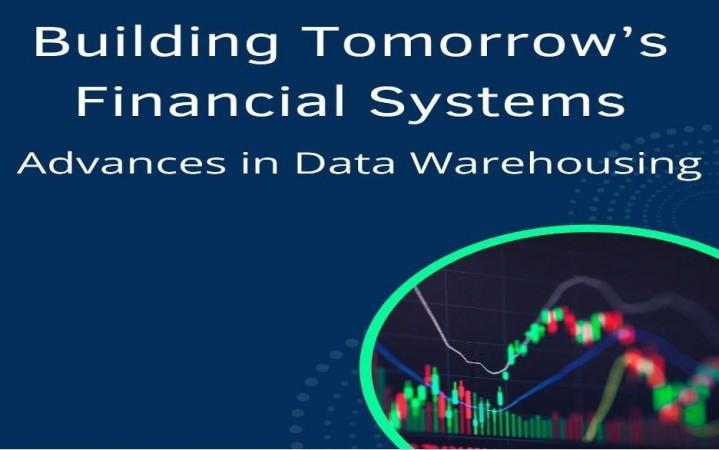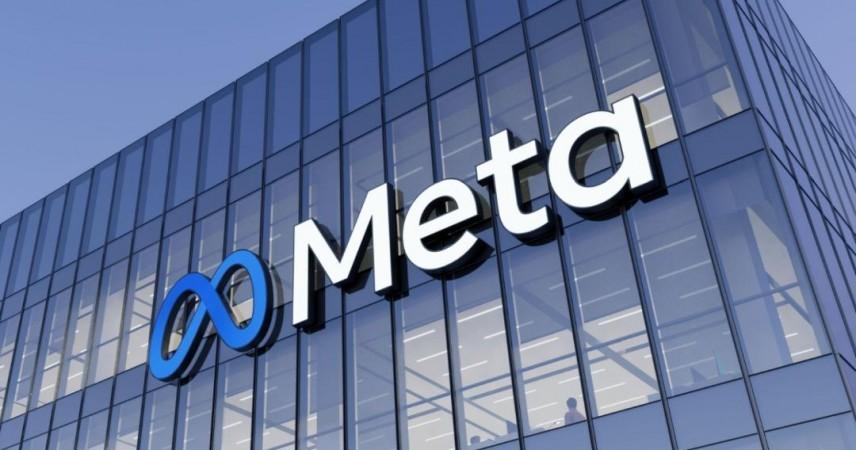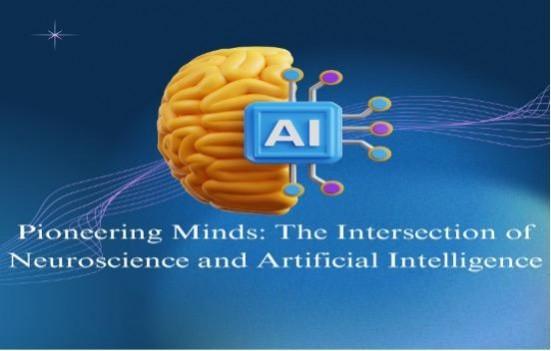
In the cutting-edge field of neuro-AI convergence, Venkata Rajesh Krishna Adapa has emerged as a leading voice, bridging the gap between two transformative disciplines—neuroscience and artificial intelligence. His groundbreaking research explores how brain-inspired algorithms and advanced computational models are reshaping our understanding of intelligence.
Historical Threads: A Journey Towards Integration
The origins of neuro-AI convergence can be traced back to the mid-20th century when biological systems inspired early artificial neural network models. Landmark achievements, such as McCulloch and Pitts’ mathematical neuron model, provided the foundation for artificial neural networks. Parallel advancements in neuroscience, including the discovery of DNA and the development of brain imaging technologies like fMRI, further enriched the field. These milestones laid the groundwork for the seamless integration of neuroscience and AI, catalyzing innovations in understanding brain function and machine learning. This synergy has fostered unprecedented growth, driving interdisciplinary research and opening new possibilities in both domains.
Learning from the Brain: Neuroscience’s Contributions to AI
One of the most significant impacts of neuroscience on AI has been its influence on designing algorithms that mimic brain functions. For example:
- Brain-Inspired Architectures: Neural networks, like convolutional and recurrent models, emulate the brain’s visual and temporal processing systems, achieving remarkable success in areas like image recognition and natural language understanding.
- Memory Systems: Concepts from hippocampal function have informed memory-augmented AI models, enabling machines to reason and recall information effectively.
The intricate ways in which the brain learns, from Hebbian principles to dopamine-driven reinforcement, have also inspired AI learning frameworks, enhancing their ability to solve complex problems.
AI Empowering Neuroscience
AI, in turn, has fueled advancements in neuroscience through sophisticated analytical tools and models. From decoding brain activity patterns to enhancing brain-computer interfaces (BCIs), AI-driven solutions are breaking barriers in medical diagnosis and assistive technology.
- Neuroimaging Revolution: Machine learning techniques analyze vast datasets from imaging tools like MRI, automating diagnostics and improving the understanding of neural connectivity.
- Adaptive BCIs: AI-powered systems now enable individuals with paralysis to control prosthetics with neural signals, enhancing their quality of life and independence.
These innovations demonstrate AI’s ability to amplify neuroscience’s potential, fostering new possibilities in healthcare and cognitive science.
Ethical Horizons: Navigating Neuro-AI Integration
Despite its immense promise, the convergence of neuroscience and AI brings forth a range of complex ethical challenges. These include critical concerns about data privacy in brain-computer interfaces, where sensitive neural data could be misused, and the potential for neuro-AI technologies to be applied in ways that infringe on cognitive liberty or mental autonomy. Furthermore, the risk of biased AI algorithms interpreting neural patterns highlights the need for fairness and accountability. Transparent AI systems, paired with robust ethical frameworks, are essential to safeguard individual rights and ensure these innovations align with societal values and trust.
Future Possibilities: Bridging Gaps and Redefining Intelligence
Looking ahead, emerging technologies like neuromorphic computing and explainable AI aim to replicate and demystify brain functions more accurately. Applications in personalized healthcare, cognitive enhancement, and even explorations into the nature of consciousness hint at a transformative future.
As neuro-AI research advances, it holds the potential to revolutionize our understanding of intelligence by seamlessly blending human and artificial cognition in ways never before imagined. This transformative journey, driven by innovators in the field, challenges conventional boundaries of knowledge, opening new frontiers in both neuroscience and artificial intelligence. By exploring the intricate interplay between the brain and machines, this research reshapes our perception of intelligence, cognition, and the possibilities of human-technology integration.
In conclusion, the field of neuro-AI convergence not only advances scientific frontiers but also redefines human interaction with technology. Venkata Rajesh Krishna Adapa’s contributions underscore the transformative potential of this discipline, inspiring innovation and challenging conventional boundaries.
